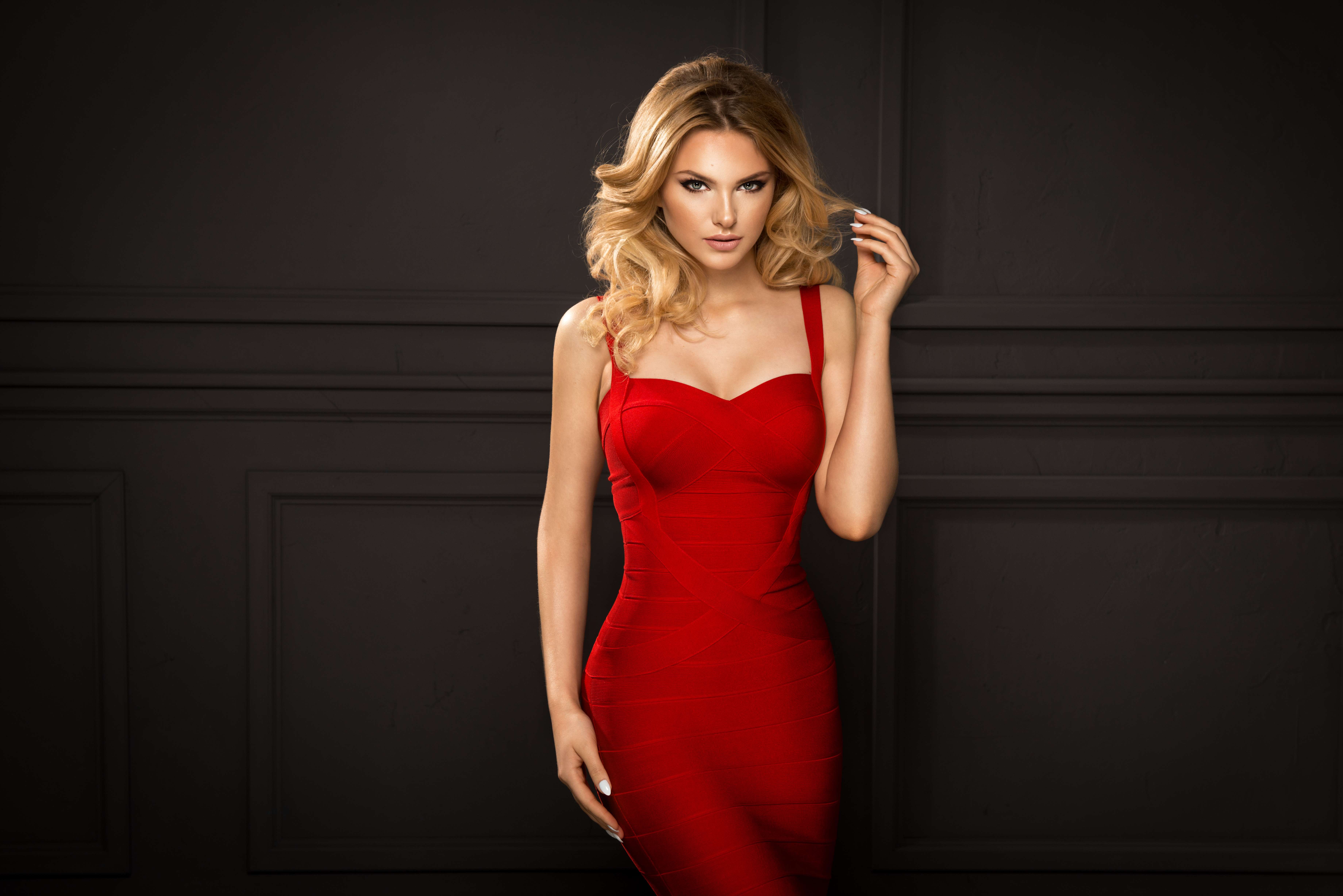The Art and Science of Botox: A Deep Dive into the Popular Aesthetic Treatment
For many, the name 'Botox' has become synonymous with the pursuit of ageless beauty. As a non-surgical cosmetic treatment, Botox has gained a reputation for its ability to smooth wrinkles, erase fine lines, and restore a youthful appearance. But beyond its obvious aesthetic appeal, the story of Botox is a fascinating blend of medical science, cultural trends, and evolving beauty standards. This article will delve into the history, current relevance, and future potential of this popular aesthetic treatment.

The Origins of Botox: Medical Breakthrough to Beauty Solution
Botox, or Botulinum toxin, was first identified in the 19th century by physician Justinus Kerner. Initially associated with food poisoning, the toxin’s potential therapeutic uses were not explored until the mid-20th century. The first medical application of Botox was for the treatment of strabismus, a condition that causes misalignment of the eyes, in the 1970s. It was during this period that researchers discovered Botox’s ability to relax muscles and reduce wrinkles.
The transition of Botox from a medical treatment to an aesthetic solution began in the late 1980s. Ophthalmologist Jean Carruthers noticed that patients treated with Botox for eye spasms also experienced a significant reduction in forehead wrinkles. This accidental discovery paved the way for the use of Botox in cosmetic applications.
The Rise of Botox in the Beauty Industry
In 2002, Botox received approval from the U.S. Food and Drug Administration (FDA) for cosmetic use. The treatment quickly gained popularity as a non-surgical alternative to facelifts. The early 2000s saw a surge in demand, with celebrities and high-profile personalities openly endorsing Botox. This mainstream acceptance of Botox led to a shift in beauty standards, with an emphasis on ageless beauty and wrinkle-free skin.
The popularity of Botox continues to grow, with millions of treatments performed each year worldwide. Its use is no longer limited to mature adults; younger individuals in their 20s and 30s are also opting for preventative Botox to delay the onset of wrinkles.
The Impact and Reception of Botox
The acceptance of Botox has not been without controversy. Critics argue that the pursuit of eternal youth perpetuates unrealistic beauty standards. Additionally, concerns about potential side effects and the normalisation of cosmetic procedures have sparked debates about the ethics and safety of Botox.
Despite these debates, the impact of Botox on the beauty industry is undeniable. Botox has not only changed the way we approach aging but also how we perceive beauty. It has expanded the conversation about aesthetic treatments, challenging societal norms and perceptions about cosmetic enhancement.
Botox: More Than Just a Beauty Treatment
Beyond its cosmetic applications, Botox continues to be used for various medical conditions, including chronic migraines, excessive sweating, and certain muscular disorders. Recent research also suggests potential uses in treating depression and anxiety, highlighting the broad scope of this versatile treatment.
The Future of Botox
As research and technology advance, the potential for Botox continues to evolve. Developments in precision application and personalized doses promise to enhance results and reduce side effects. Additionally, the exploration of new medical applications could further solidify Botox’s place in both aesthetic and therapeutic treatments.
In conclusion, the story of Botox is a testament to the interplay between science and beauty. It has transformed from a toxin associated with food poisoning to a versatile treatment embraced by the medical and beauty industries. Despite the controversies and debates, Botox’s popularity shows no signs of waning, reflecting our enduring quest for beauty and youth.
